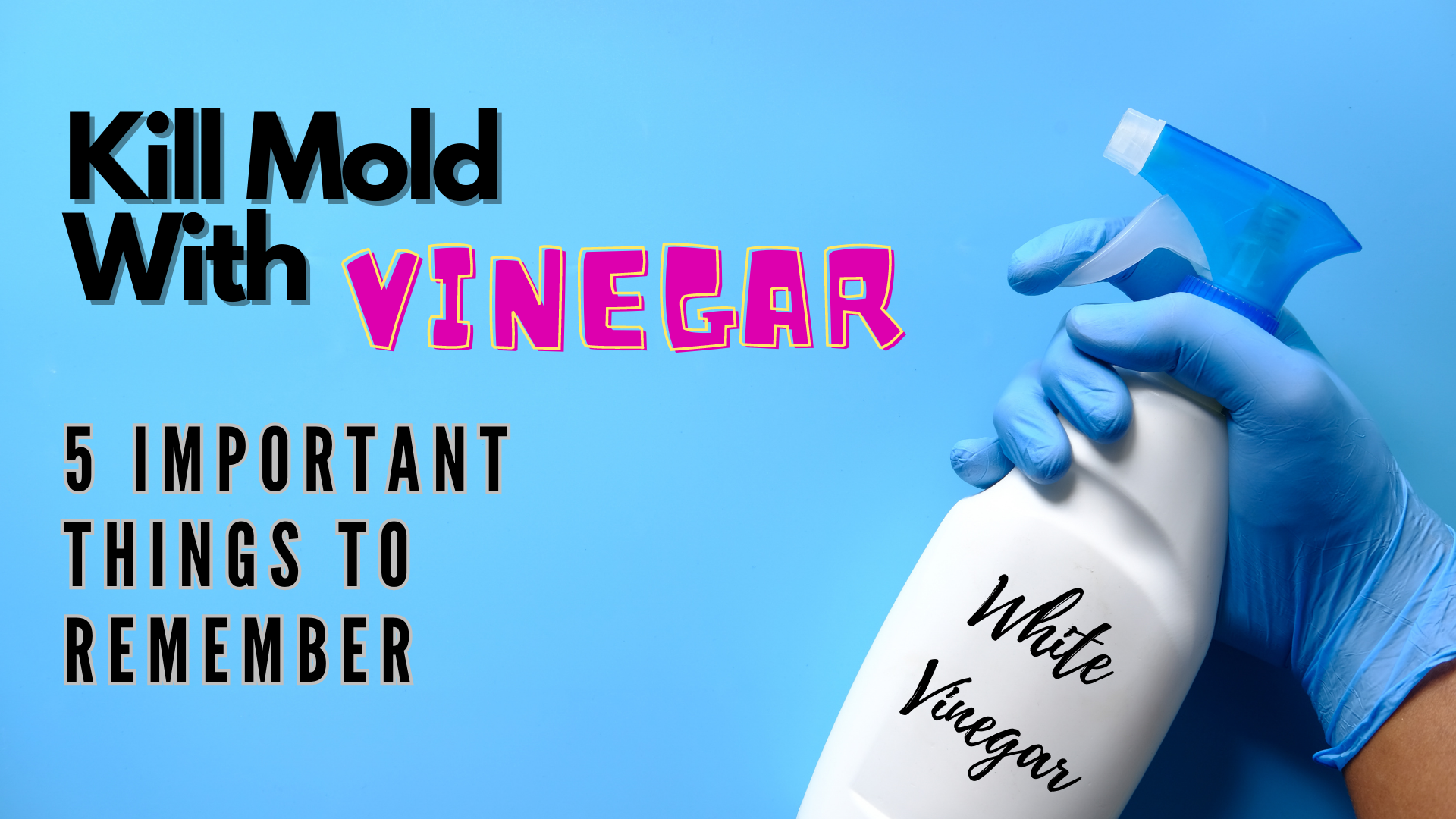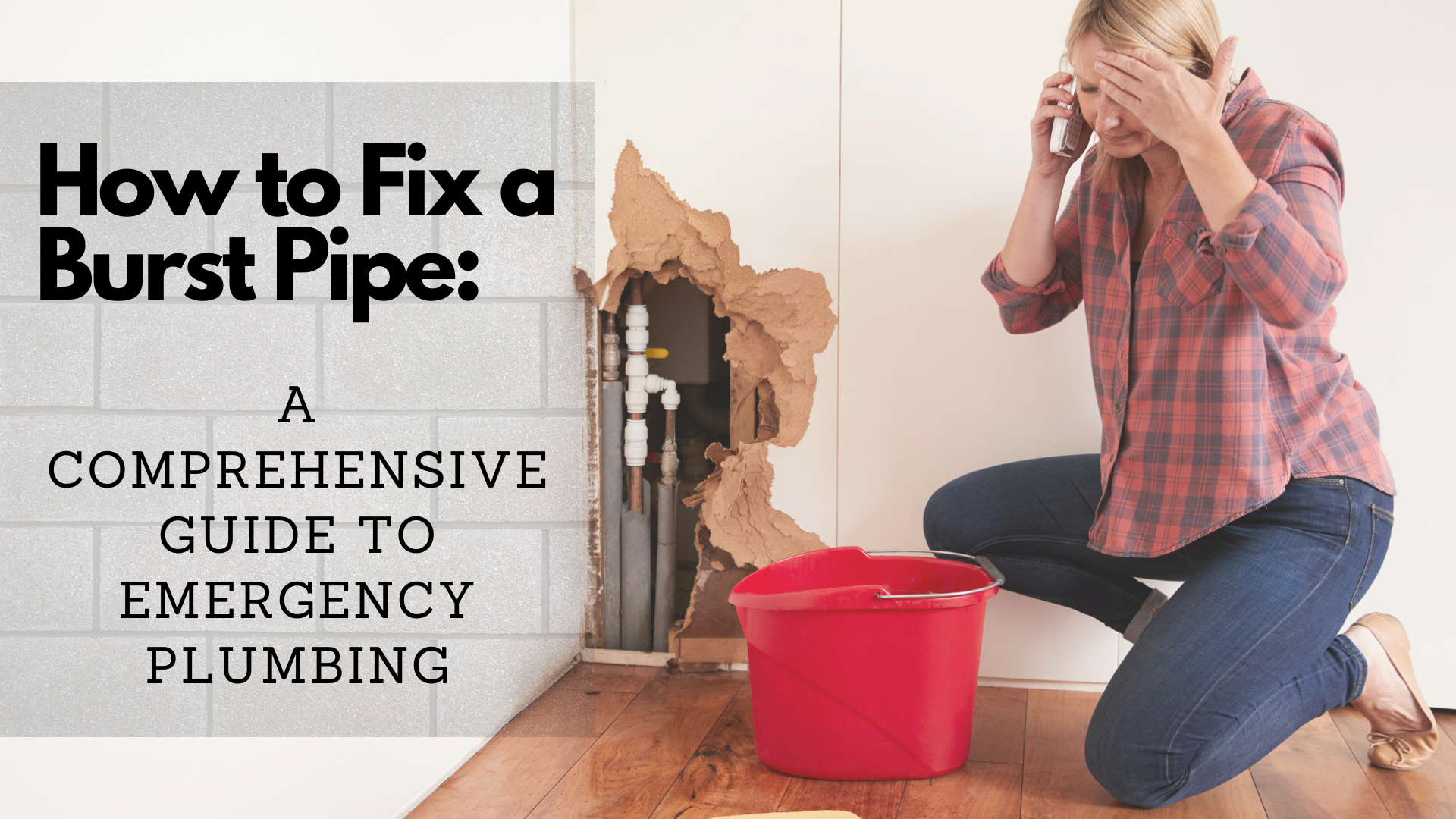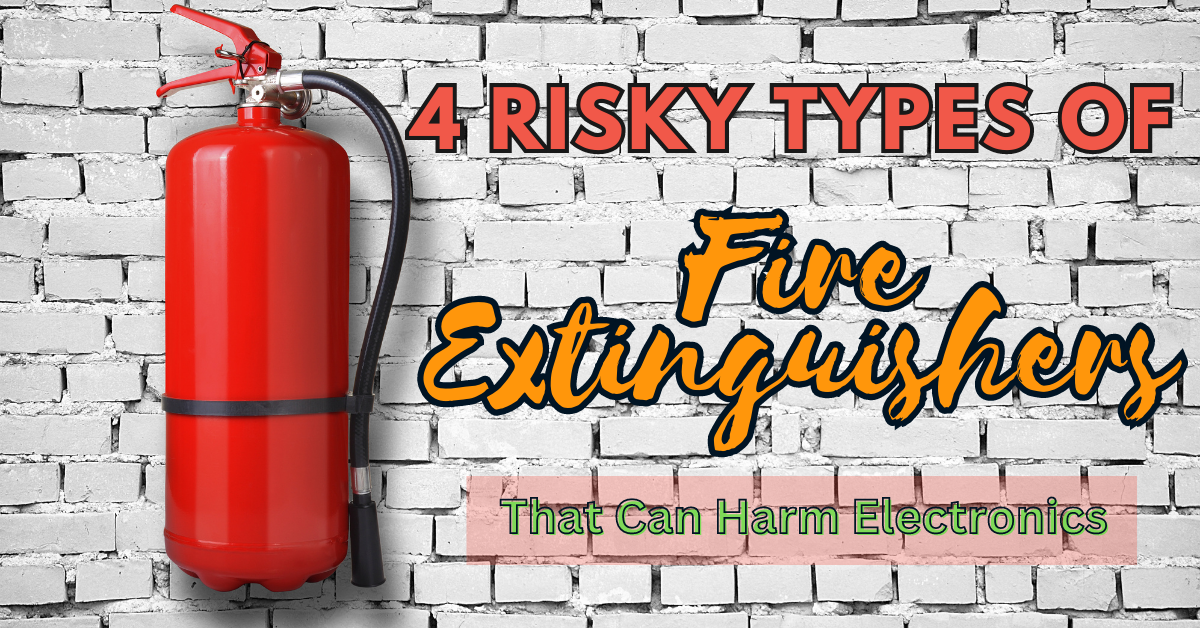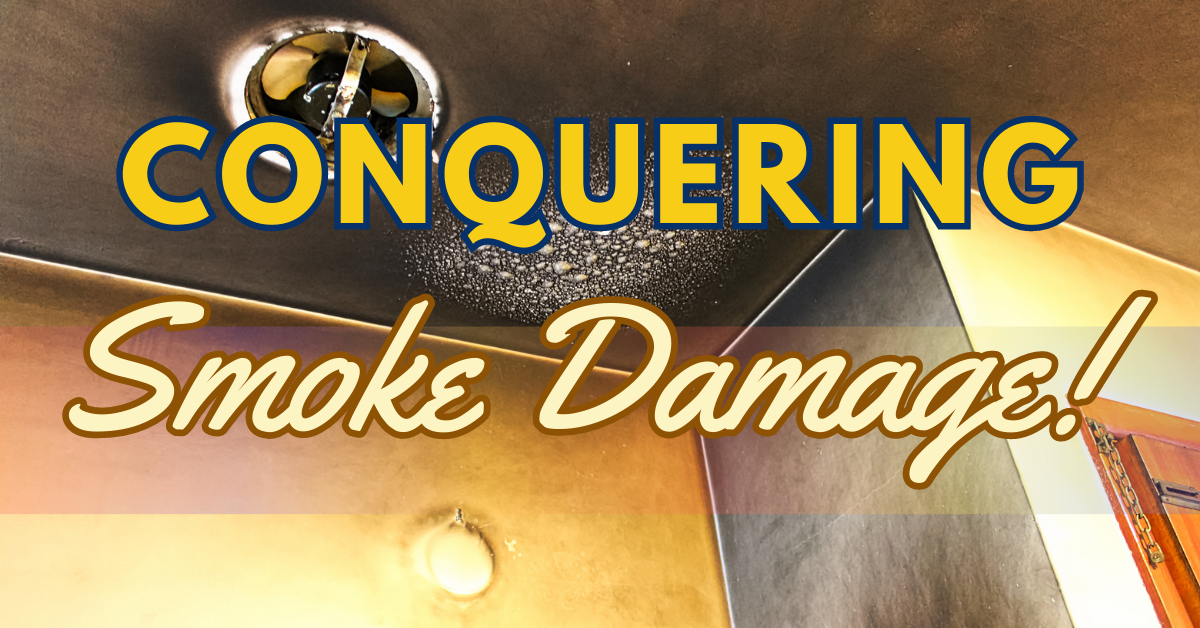
There’s always a probability of mold growth if excess moisture is present in your home. Places like your shower rooms or basements are specifically susceptible to mold infestation. According to experts, mold exposure is associated with awful health problems like allergic reactions and respiratory issues. You do not want to use corrosive household cleaners to solve mold problems at home. So you may ask, “Is it possible to kill mold with vinegar?” It does!
Vinegar is a great mold eliminator for it has antifungal and antibacterial abilities. It contains between five and eight percent acetic acid. And it has a pH of about 2.5 – enough to break the growth of various microorganisms. The mild acid in white vinegar kills about 82% of common mold species and can help stop any mold outbreaks in the future.
About Vinegar
According to experts, vinegar is a sour-tasting fluid containing acetic acid. It is mainly produced by fermenting wine, cider, beer, rice, malt, or cane. When it comes to eliminating mold, white vinegar is the usual and most impressive choice.
One famous question is, How long does it take for vinegar to kill mold? Well, it depends on the quantity of mold. Usually, after spraying generously onto the affected site, we let the vinegar sit for at least an hour or a little more before wiping or scrubbing it down.
On your own, you can clean small mold colonies with a white vinegar solution. However, you should know when to seek help from mold removal professionals. EPA advises hiring specialists when you notice the mold infestation is over 10 square feet.
White Vinegar VS. Bleach
Indeed, white distilled vinegar is way better than bleach when it comes to killing mold. EPA doesn’t suggest using a bleach solution to eliminate mold, except in particular situations.
In most instances, a background level of mold spores remains after bleach application. Why? Because it only kills surface mold, not the underlying membrane.
Once mold recognizes the bleach as a threat to its existence, it generates back even tougher. Furthermore, when bleach solution is used to remove mold on porous surfaces such as drywall or wood, mold membranes underneath will penetrate deeper into the material to avoid the said chemical.
Remember the Don’ts
- Don’t use white vinegar to remove mold issues on natural stone, waxed wood, aluminum, or cast iron. Vinegar’s acidity level can damage these surfaces.
- Don’t mix white vinegar with a bleach product, for it can produce toxic chlorine gas.
- Don’t mix white vinegar with hydrogen peroxide. It creates an undesirable chemical reaction called peracetic acid that can hurt your eyes and skin.
How to Kill Mold with Vinegar
To successfully get rid of mold with white vinegar, consider following the given steps below:
- Protect Yourself by Putting On Safety Equipment
White Vinegar is an organic compound, but prolonged exposure to it can cause skin irritation. So, to begin with, wear non-porous or rubber gloves, a mask, goggles, and clothing that covers your arms and legs.
- Pour Pure White Vinegar into a Spray Bottle
If you want to see more effective results, use undiluted white vinegar to combat mold. Never mix it with water.
Spray the Vinegar Generously Onto the Affected Sites
Don’t be stingy when spraying your white vinegar onto the areas of mold. If you don’t have a spray bottle, soak a rag or towel in a bucket filled half with white vinegar and use it to apply directly to the infested areas.
After applying the vinegar, allow it to sit for one to two hours before wiping or scrubbing the mold away.
Scrub Down the Mold
After an hour or two, pick the right scrubbing brush and rub the fungus down. Immerse your brush in warm water every time you scrub.
To further brush the mold growth away, you can use a baking soda solution. You can formulate it by mixing one teaspoon of baking soda with two cups of water in a spray bottle. Spray it directly to the sites where the mold generates. Use a brush or a scouring pad to scrub it down.
Clean up the Treated Surface
Rinse the treated surfaces with warm water. If you still notice any remaining mold stains, repeat the third step until the fifth until the spots are gone.
Vinegar leaves a peculiar smell that lingers for a few hours, primarily when used in a significant amount. Ensure to keep your area well-ventilated until the odor clears up.
Kill Mold With Vinegar: The Pros and Cons
- Environmentally friendly since it’s organic
- Non-toxic to use and safe around humans and pets
- Effective on both porous and non-porous surfaces
- Affordable and available in most stores
- Does exterminate 82% of mold species
⃠ It has a strong smell that is difficult to get rid of in poorly ventilated places.
⃠ 18% of mold species survive
⃠ It doesn’t eliminate all mycotoxins.
Hire a Mold Removal Professional
Mold thrives continuously if the source of excess moisture remains. If you can’t locate where the source is, seek assistance from a specialist. Superior Restoration has highly skilled people who can help you deal with any mold and water damage issues.
We are available in emergencies 24/7. For inquiries about our water damage and mold remediation services, call us today!




